Biological classification, also called taxonomy, refers to the naming, defining, and grouping of biological organisms based on similar characteristics. Swedish botanist Carl Linnaeus created the current system of taxonomy. There are eight levels of biological classification (taxonomic rank): domain, kingdom, phylum, class, order, family, genus, and species. All living things on earth have been named and organized into biological groups, including cats.
Domain
The domain is the highest rank in biological classification. There are three domains—Archaea, Bacteria, and Eukarya. Archaea and Bacteria are single-celled prokaryotic microorganisms. Prokaryotes have neither a distinct nucleus with a membrane nor specialized structures (organelles). The domain Eukarya contains eukaryotes—organisms whose cells contain a nucleus and organelles.
Wild cats are members of the domain Eukarya.
Kingdom
Today, most scientists generally recognize six kingdoms: Archaea, Bacteria Protista (protozoa and algae), Fungi (mushrooms, molds, and yeasts), Plantae (plants), and Animalia (animals). The kingdoms Archaea and the Bacteria are separate domains. The Protista, Fungi, Plantae, and Animalia kingdoms belong to the Eukarya domain.
Wild cats are members of the kingdom Animalia.
Phylum
Phylum (plural: phyla) is the classification below kingdom. The term “division” is used for plants.
Organisms are classified in a phylum or division primarily based on their body type. Animals of the phylum Chordata have an internal skeleton and a backbone or notochord (a primitive backbone). This group includes fish, amphibians, reptiles, birds, and mammals. There are approximately 31 phyla in the kingdom Animalia.
Wild cats are part of the phylum Chordata.
Class
Class ranks below phylum. Members of a class share more characteristics than they do with other organisms in the same phylum. Examples of classes in the animal kingdom include Arthropoda, Crustacea, and Mammalia. Mammalia includes vertebrae animals with milk-producing mammary glands to feed their young, a neocortex region of the brain, fur or hair, and three middle ear bones. There are over 100 classes of animals in the kingdom Animalia.
Wild cats are members of the class Mammalia.
Order
Order ranks below class. The groups in an order have more in common than with other members of the same class. There are approximately 26 different orders in biological classification.
Wild cats are members of the Carnivora, the fifth-largest order of mammals. There are two suborders: the Feliformia and the Caniformia. The Feliformia are “cat-like” animals, while the Caniformia are dog-like animals.
Wild cats are members of the suborder Feliformia.
Family
Family ranks below order. Members of the same family are more closely related to each other than other members of the same order. Wild cats and domestic cats belong to the family Felidae. There are approximately 41 living Felidae species. Felidae are also referred to as felids.
The Felidae are divided into two subfamilies: Pantherinae and Felinae.
Genus
Genus (plural: genera) ranks below family. The groups of organisms in a genus share many structural similarities and are closely related. Members of a genus are more closely related to each other than they are to other genera in the same family.
There are 14 wild cat genera: Neofelis, Panthera, Leptailurus, Caracal, Leopardus, Pardofelis, Catopuma, Lynx, Acinonyx, Herpailurus, Puma, Otocolobus, Prionailurus and Felis.
Species
Species is below genus and the most basic unit in biological classification. Members of the same species share the same evolutionary history. They are more closely related to each other than other organisms, including other members of the same genus. Members of the same species have both physical and genetic similarities and the same number of chromosomes. Members of the same species also mate with each other and produce offspring.
Each species has a scientific name composed of the genus name and species name.
Some species include groups with such distinctive traits that they are classified as subspecies; in these cases, a subspecies name is added to the end of the species name.
There are 40 wild cat species in the world.
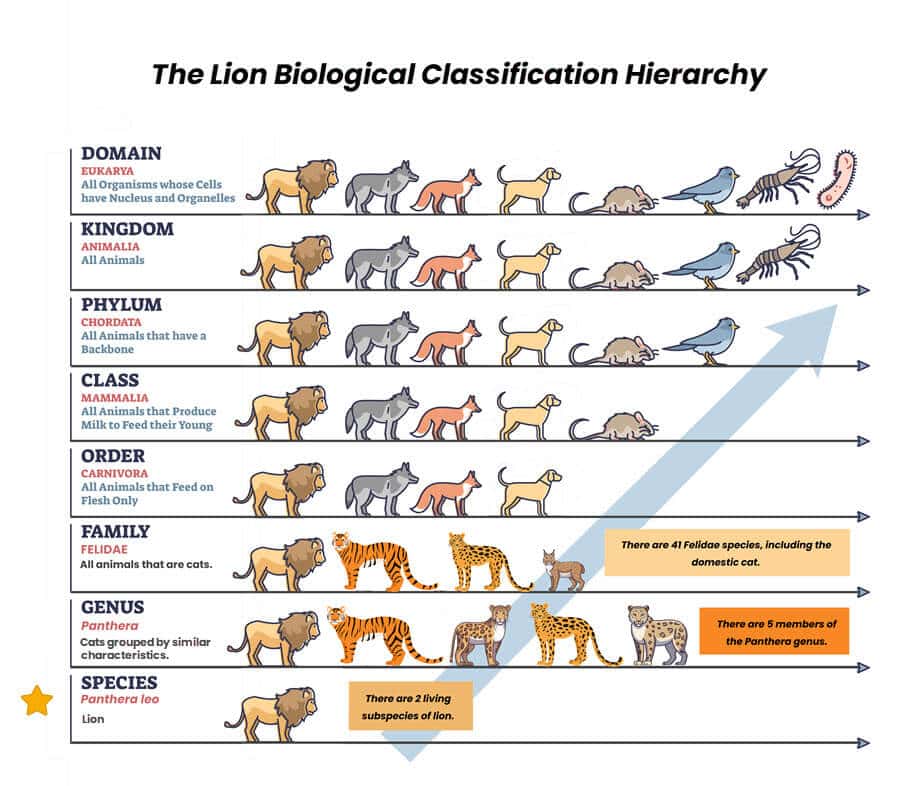
The evolution of wild cats
Feliformia is a suborder of cat-like animals that separated into several families 35 to 50 million years ago. The first cats appeared around 25 million years ago, beginning with the Proailurus and Pseudaelurus.
The Proailurus lived in Europe and Asia between 25 and 30 million years ago. It was a little larger than the domestic cat, had a long tail, large eyes, sharp claws and teeth, and weighed approximately 20 lbs.
The Pseudaelurus inhabited Asia, North America and Europe between 8 and 20 million years ago. The Pseudaelurus came after the Proailurus, and was the first cat to arrive in North America . It showed up on the continent around 18.5 million years ago, and was the size of a cougar.
Wild cat lineages
Identifying how the wild cat evolved has been difficult due to their similarities and other issues. Over the years, improvements in DNA research have resulted in the division of felids into eight different lineages. Below is a list of lineages. You can read more about wild cat lineages here.
Panthera lineage
Genus: Neofelis, Panthera
Species: clouded leopard, Sunda clouded leopard, tiger, lion, jaguar, leopard.
Caracal lineage
Genus: Leptailurus, Caracal
Species: Serval, African golden cat, caracal
Ocelot lineage
Genus: Leopardus
Species: Andean mountain cat, ocelot, margay, pampas cat, oncilla – southern tiger, oncilla – northern tiger cat, Geoffroy’s cat, kodkod
Bay cat lineage
Genus: Pardofelis, Catopuma
Species: Marbled cat, the Borneo bay cat and Asian golden cat
Lynx lineage
Genus: Lynx
Species: Bobcat, Canada lynx, Eurasian lynx and Iberian lynx.
Puma lineage
Genus: Acinonyx, Herpailurus, Puma.
Species: Cheetah, jaguarundi, cougar
Leopard cat lineage
Genus: Otocolbus, Prionailurus
Species: Pallas’s cat, rusty-spotted cat, flat-headed cat, leopard cat, Sunda leopard cat, fishing cat
Domestic cat lineage
Genus: Felis
Species: Jungle cat, black-footed cat, sand cat, Chinese mountain cat, African wildcat, European wildcat, domestic cat
References and quotes
“Most scientific names for species and subspecies have little or no scientific basis. Many are based on one, a few or even no specimens, with few or no comparisons with related taxa and hence, in particular, many subspecies names are likely to be invalid. However, for many species and subspecies recent research based on more than one line of evidence is not available.” – 2017 A revised taxonomy of the Felidae | Cat Specialist Group, CATnews
“We immediately noticed that the DNA studies seemed to group the 37 species into eight distinct clusters, or “lineages.” We were fascinated—and encouraged—to see that the eight groups defined exclusively by molecular analysis agreed with other kinds of observations, such as that species in one lineage often shared morphological, biological an physiological characteristics found only in their group.” – 2007 The Evolution of Cats | O’Brien, Johnson | Scientific American July 2007
(Def. Morphological: Shape, structure, color, pattern, and size of exterior parts.)

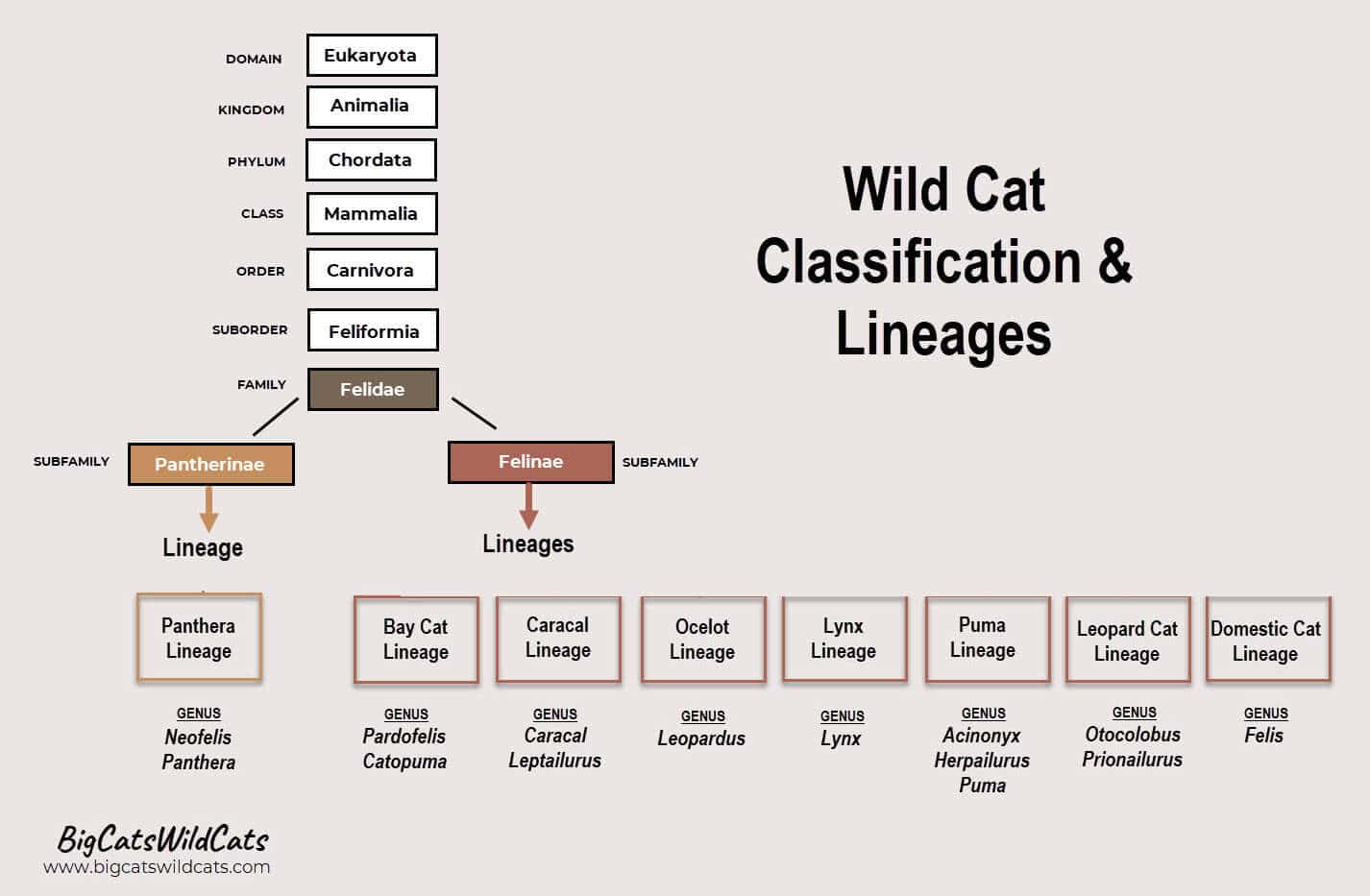
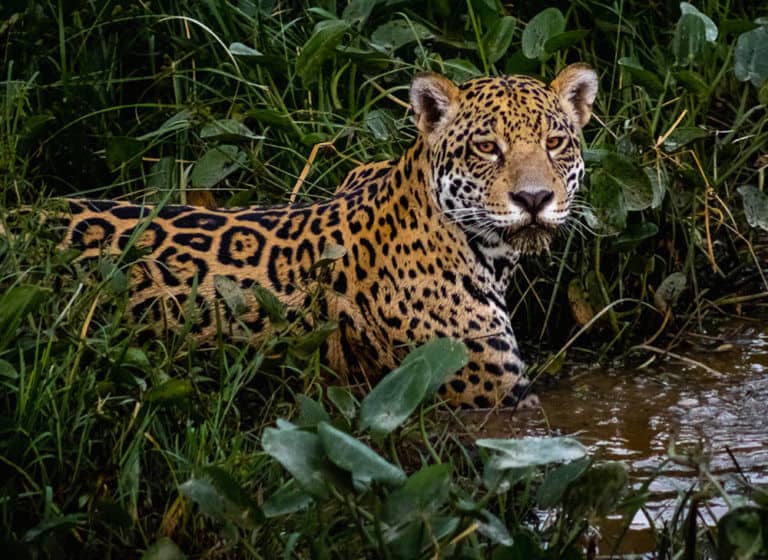
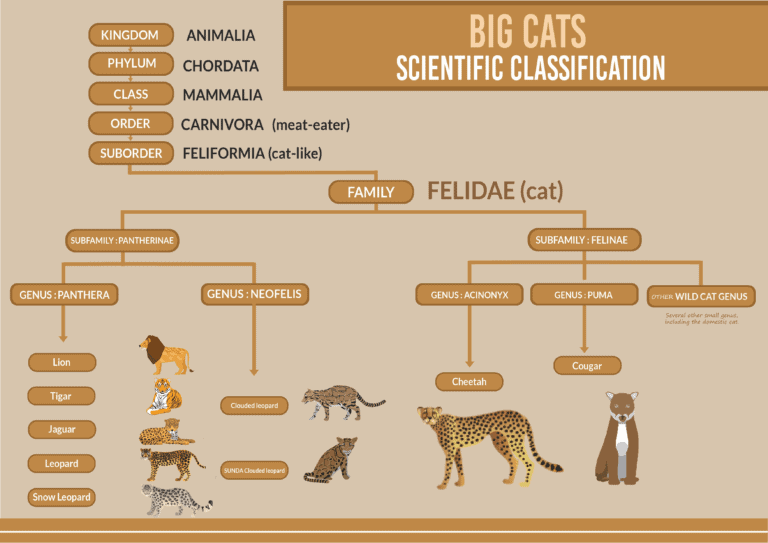
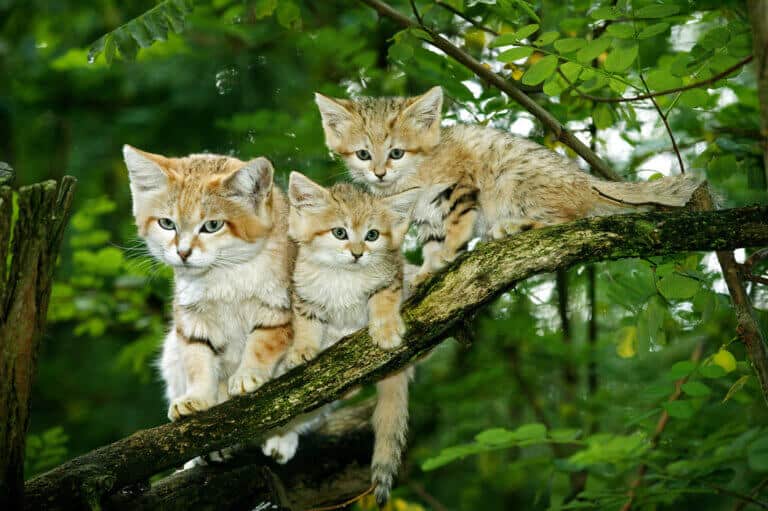
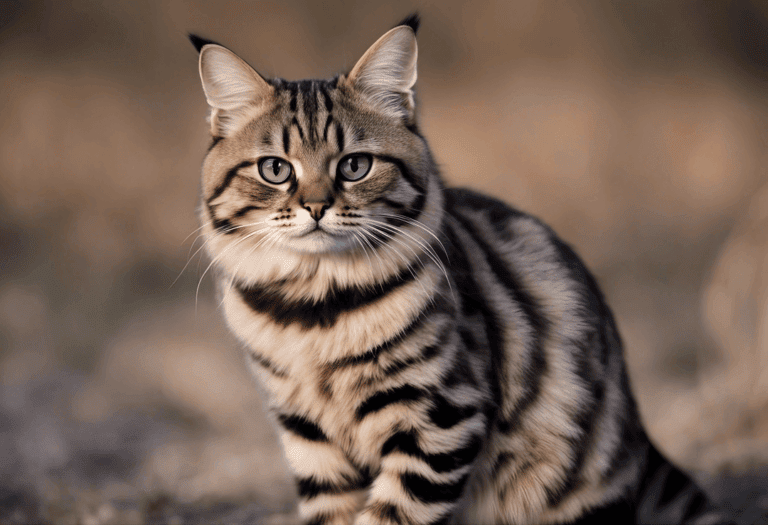

0 Comments